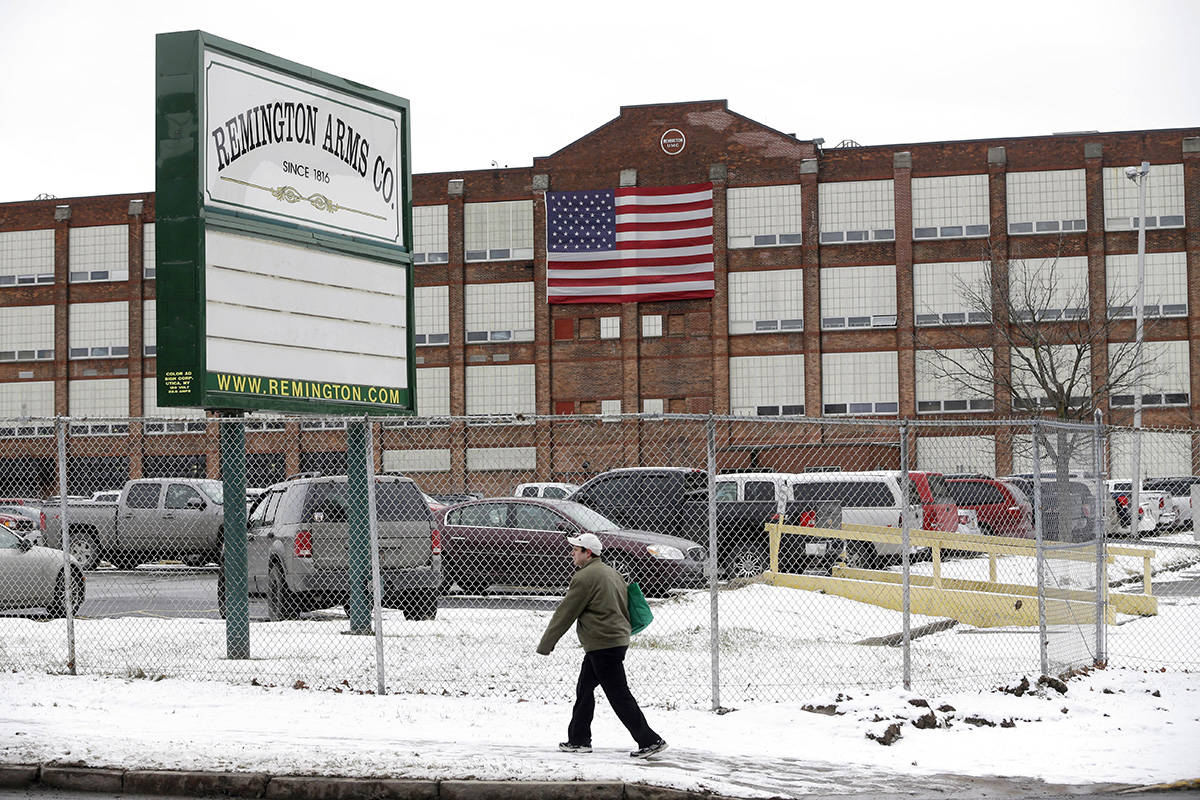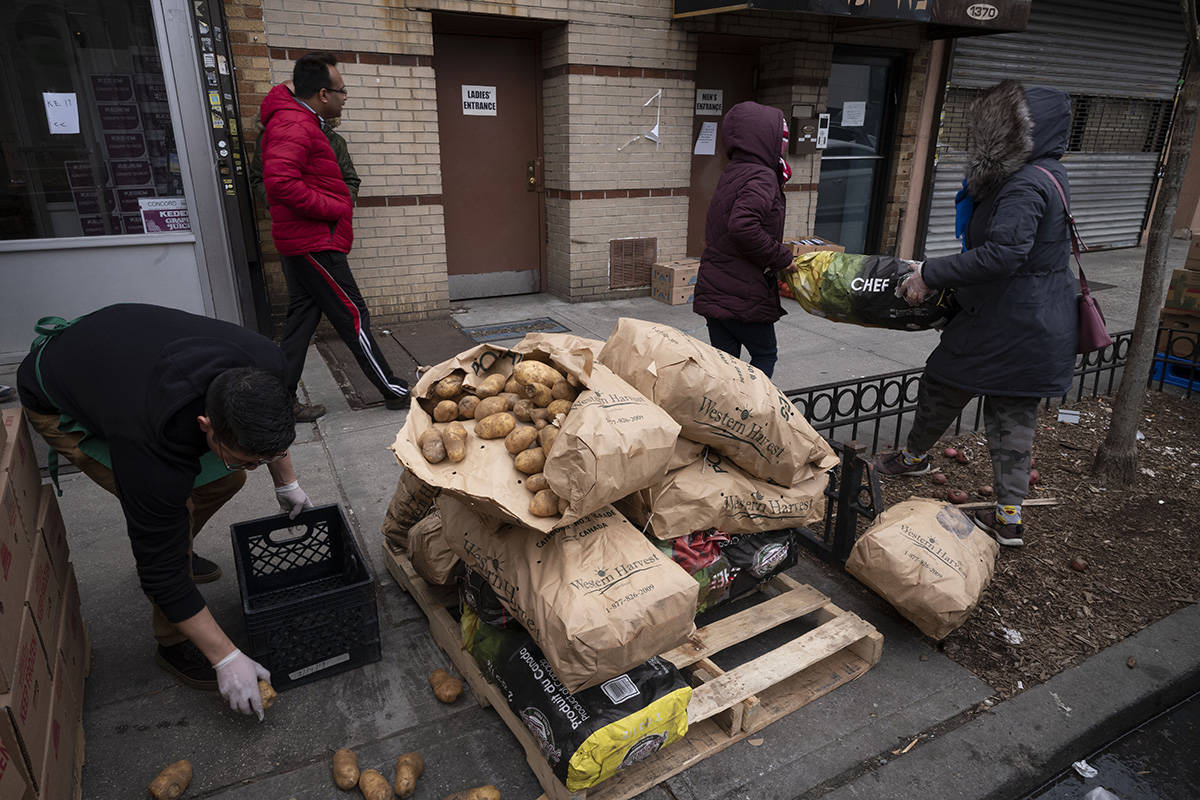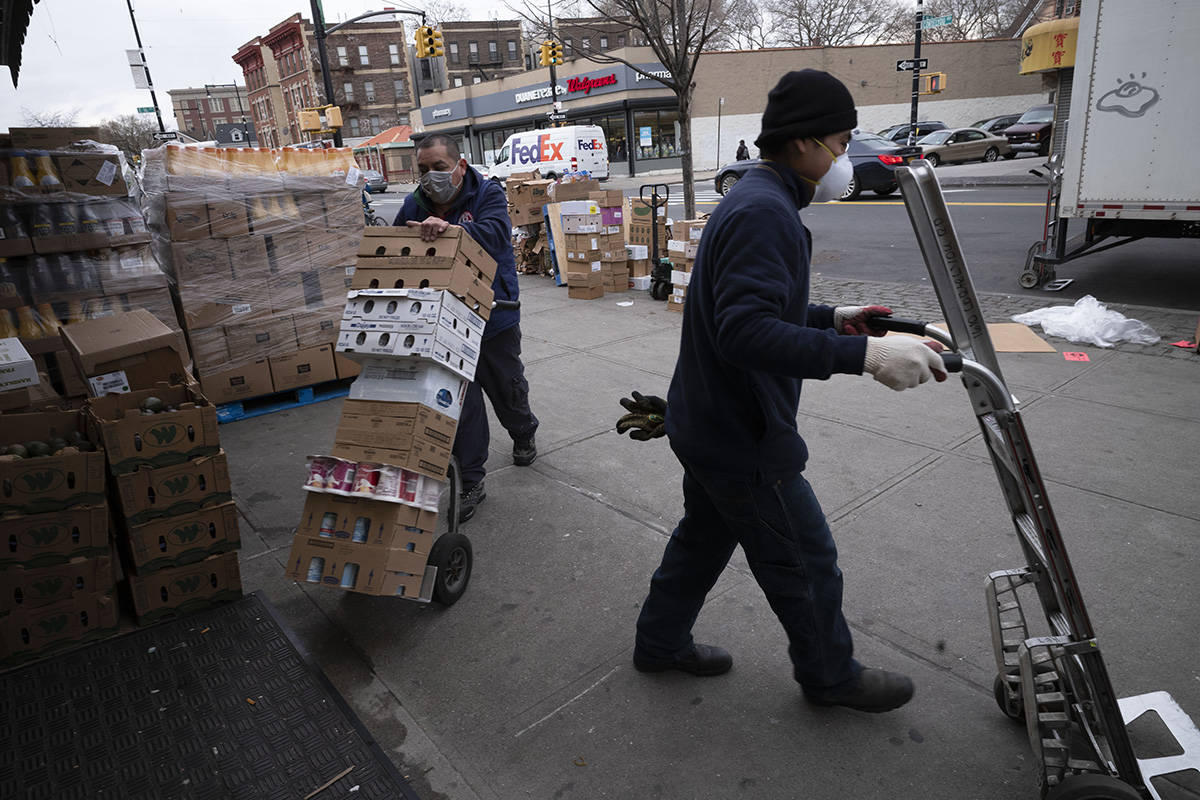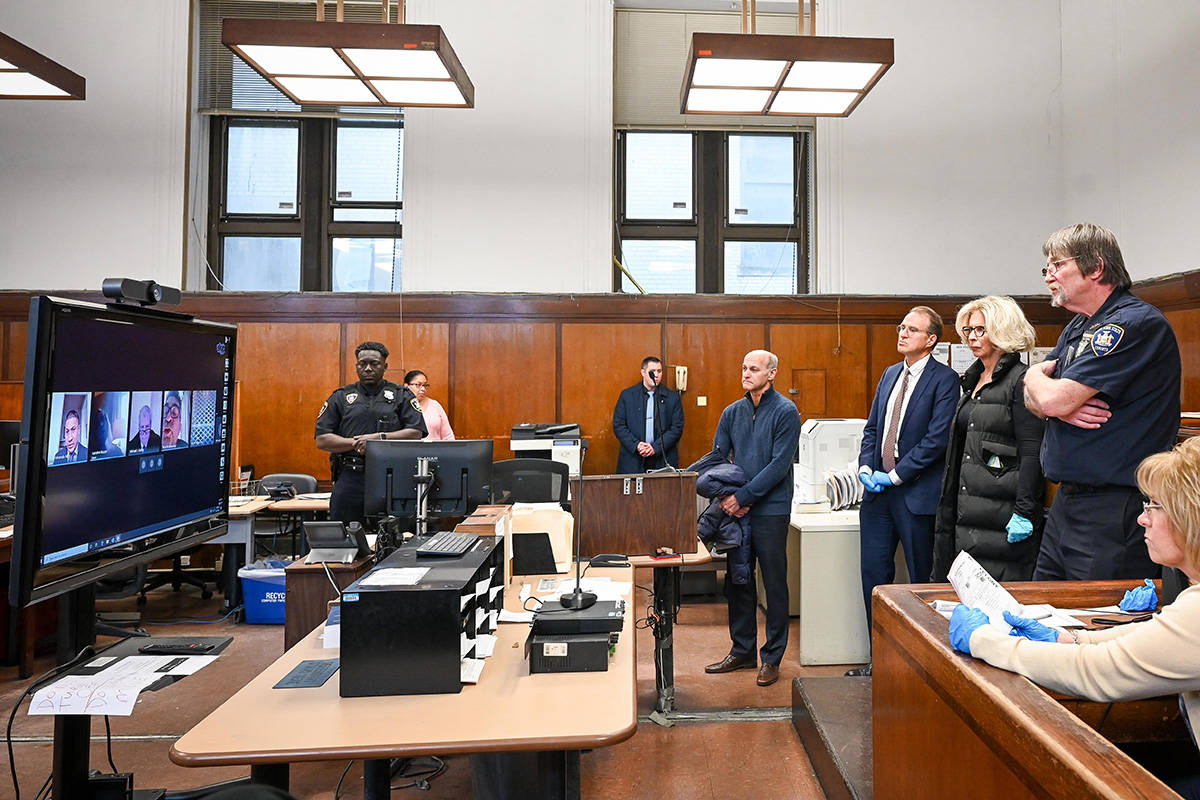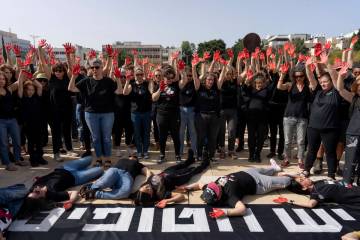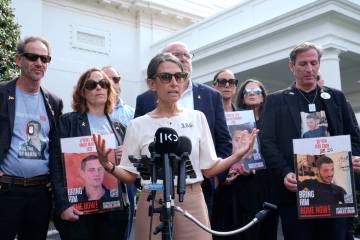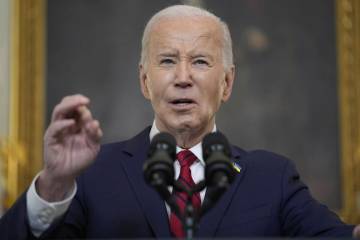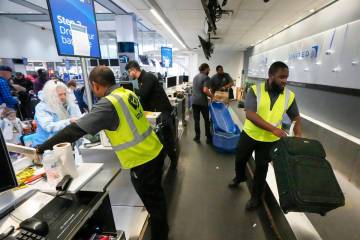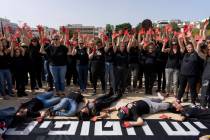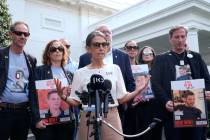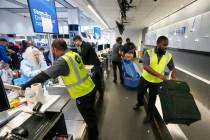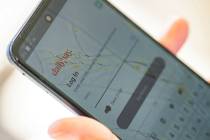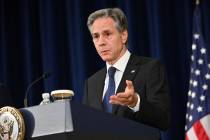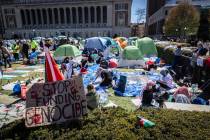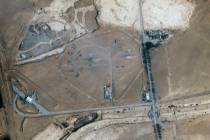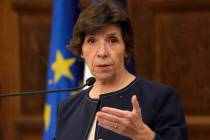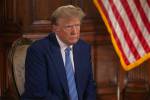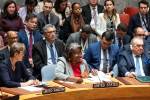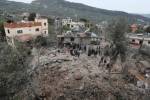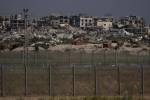US deaths from pandemic top 1,000, Johns Hopkins says
NEW YORK — New York authorities mobilized to head off a potential public health disaster in the city Wednesday, with its emergence as the nation’s biggest coronavirus hot spot a warning flare — and perhaps a cautionary tale — for the rest of the country as U.S. deaths from the pandemic topped 1,000.
A makeshift morgue was set up outside Bellevue Hospital, and the city’s police, their ranks dwindling as more fall ill, were told to patrol nearly empty streets to enforce social distancing.
Public health officials hunted down beds and medical equipment and put out a call for more doctors and nurses for fear the number of sick will explode in a matter of weeks, overwhelming hospitals as has happened in Italy and Spain.
Worldwide, the death toll climbed past 21,000, according to a running count kept by Johns Hopkins University. The number of dead in the U.S. rose to 1,041 as of late Wednesday, with nearly 70,000 infections.
New York State alone accounted for more than 30,000 cases and close to 300 deaths, most of them in New York City.
Troy Tassier, a Fordham University professor who studies economic epidemiology, suggested the increase shows New York would have fared better had it acted sooner to order social distancing.
Nearly 7 million people in the San Francisco area were all but confined to their homes on March 17, and California put all 40 million of its residents under a near-lockdown three days later.
The order to stay at home in New York State did not go into effect until Sunday evening, March 22, and New York City’s 1.1 million-student school system was not closed until March 15, well after other districts had shut down.
Dr. Mark Dworkin, an epidemiology professor at University of Illinois-Chicago, said he hadn’t followed New York’s situation closely enough to say whether he would have done it differently, but he noted that moving quickly is critical — and sometimes difficult to do at early points, when the public doesn’t sense an imminent threat.
“At first, I think there’s a certain amount of disbelief that goes on,” he said. “I think that contributes, to some extent, to the lack of putting the foot on the gas pedal on some of the control measures that we know we need to do.”



